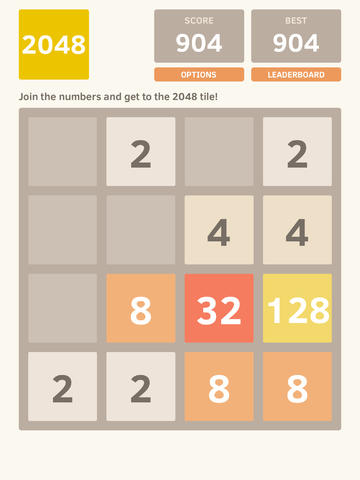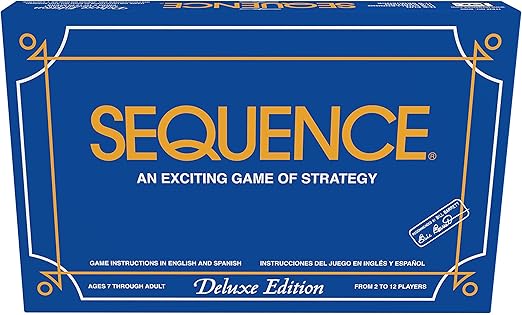Numbers Game Strategy
Strategy is the classic game of battlefield strategy that has sold over 20 million copies worldwide. For over 50 years, Strategy has thrilled strategy game fans by inspiring them to challenge an opponent and attempt to lead their army to victory. But in this case, it just might. To celebrate the first anniversary of the physics-based puzzle video game, the developers invited people to download the World of Goo for any price they wished using PayPal. More than 65,000 purchasers in 104 countries paid anywhere from a penny to US$150 for the game.
Calculate subtraction as difference by using The Bar Model. LO: Y2:To solve problems with (addition and) subtraction using concrete objects and pictorial representations, including those involving numbers, quantities and measures. Y2:To recall and use addition and subtraction facts to 20 fluently, and derive and use related facts up to 100 Y2:To recognise and use the inverse relationship between addition and subtraction and use this to check calculations and solve missing number problems. Y3:To add and subtract numbers mentally, including: a three-digit number and 1s, 10s (and 100s) Y4:To solve number and practical problems that involve using knowledge of number & place value with increasingly large positive numbers The fireflies have been collecting fairy dust. Work out the difference between how much the yellow flies collected and how much the green flies collected. This game uses The Bar Model as an informal calculation strategy to illustrate subtraction as difference. Have fun! | ||
This game is © copyright 2017, J.Barrett, ictgames.com All Rights Reserved. Made using the and libraries. | ||
Bottom Line: Despite the prevalence of 99-cent stores and $1.99 price tags, consumers appear to favor round numbers when paying for goods and services. Managers should consider consumers’ overwhelming preference for whole-dollar amounts when setting prices.
Numbers Game Strategy Game
It’s not often that something called ‘‘The World of Goo’’ has anything to teach business managers. But in this case, it just might. To celebrate the first anniversary of the physics-based puzzle video game, the developers invited people to download the World of Goo for any price they wished using PayPal. More than 65,000 purchasers in 104 countries paid anywhere from a penny to US$150 for the game.
Here’s the most striking statistic: 57 percent of consumers picked round, whole-dollar amounts ending in zero, and an additional 4 percent chose to pay round, half-dollar amounts. Those percentages are far too high to be random and, given the straightforward nature of the electronic payment, can’t be attributed to people’s dislike for handling small change or adding up different denominations of cash. The most plausible explanation is that people simply prefer round prices.
You wouldn’t know it from a trip to the grocery store or a stroll through the mall, though. Indeed, many studies have shown that odd prices—especially those ending in the number nine—are far more common than round numbers, which end in zero, in marketplaces around the world. That’s because consumers generallyprefer to pay less for products, and often associate prices ending in a nine with discounts or bargains. The idea is that $9.99 sounds like a better deal than $10.00.
However, a new study that examines restaurant tipping and payments at the gas pump in addition to the World of Goo warns that this conventional wisdom may be increasingly outdated. In the age of debit cards, online commerce, and pay-what-you-want (PWYW) pricing models, consumers have more control than ever before over what they’re willing to spend. And mounting evidence suggests that consumers’ desire to deal in clean, round numbers trumps their hope that odd prices signal some kind of sale.
Mounting evidence suggests that consumers’ desire to deal in round numbers trumps their hope that odd prices signal a sale.
The PWYW pricing approach has garnered plenty of headlines in recent years. The rock band Radiohead, author Stephen King, and Panera Bread have all sold products using this model, whereby customers can name their own price and buy accordingly.

To study PWYW in the real world, the authors of this study obtained sales and tip data from more than 9,000 credit card receipts at a restaurant in Poughkeepsie, N.Y. They wanted to see whether customers tended to leave whole-dollar gratuities or tip in amounts that rounded the bill’s total amount.

As with World of Goo, consumers disproportionately selected round, whole-dollar, and half-dollar amounts. About 73 percent of customers tipped a round, whole-dollar amount, and an additional 8 percent rounded their tips to a half dollar. They also clustered their tips around multiples of $5. And on the occasions when the bill didn’t end in .00, nearly a quarter of diners left an unrounded tip that when added to the bill, came to a round total. This requires some mental math skills, the authors note, implying that consumers’ preferences for round prices is so strong that they’ll calculate an exact tip amount to arrive at a round total.
The authors also studied data on 1,301 self-pumped gasoline purchases, made in both credit and cash, at a convenience store in upstate New York. They found that 56 percent of the sales totals were a round, whole-dollar number, and another 4 percent ended in a half-dollar amount. Interestingly, less than 1 percent of the gas purchases ended up as a round gallon amount, meaning this phenomenon extends only to price tags, not product quantities.
Countdown Numbers Game Strategy
We all know that singular flash of frustration that comes from failing to stop the pump at precisely the right moment to arrive at an even $40. Sure enough, another 7 percent of the sales totals in the study ended in .01—this implies that people wanted to pay a round number, but their reflexes just weren’t fast enough to stop the pump on time.
The implications for price setters and marketers are obvious: Ditch some of those $7.49 and $99.99 price tags in favor of rounded amounts that are easier for consumers to process. Some studies have shown that people appreciate the honesty of a flat amount and associate round prices with higher quality, which may encourage more favorable attitudes in consumers toward products that carry price tags ending in double zeroes. Firms involved in financial bidding, futures markets, real estate transactions, and other high-cost scenarios in which prices can be named and negotiated should also take note, and consider this consumer psychology when doing business.
Numbers Game App Strategy

Numbers Game Strategy Play
Source: Do Consumers Prefer Round Prices? Evidence from Pay-What-You-Want Decisions and Self-Pumped Gasoline Purchases, by Michael Lynn (Cornell University), Sean Masaki Flynn (Scripps College), and Chelsea Helion (Cornell University), Journal of Economic Psychology, June 2013, vol. 36